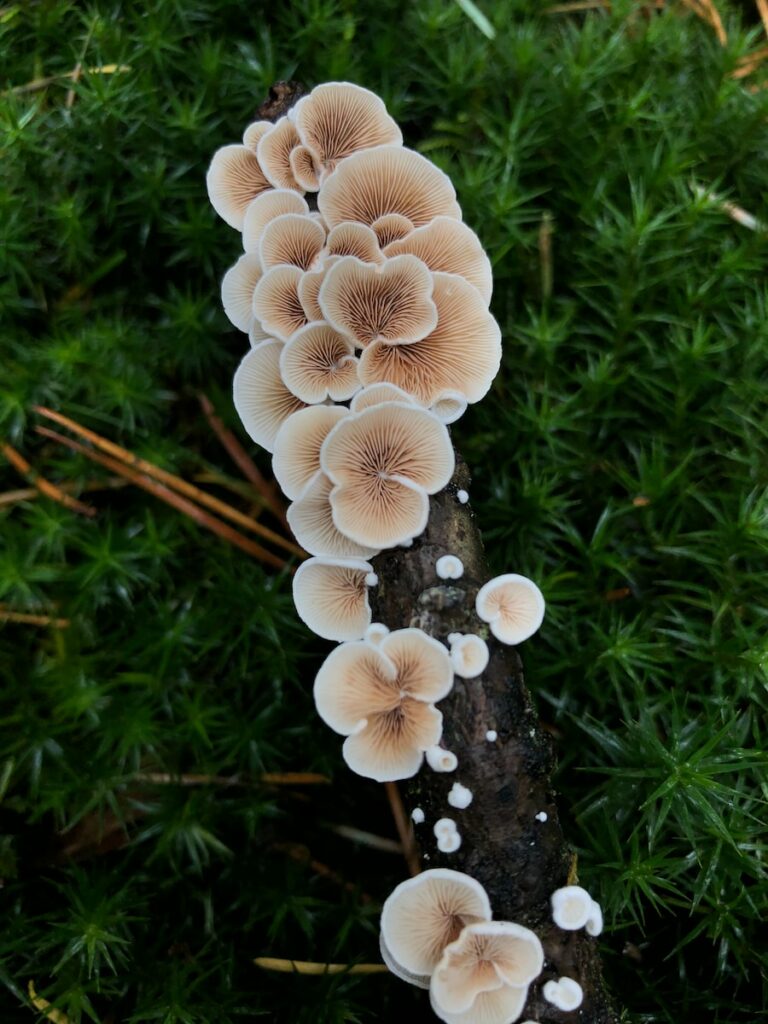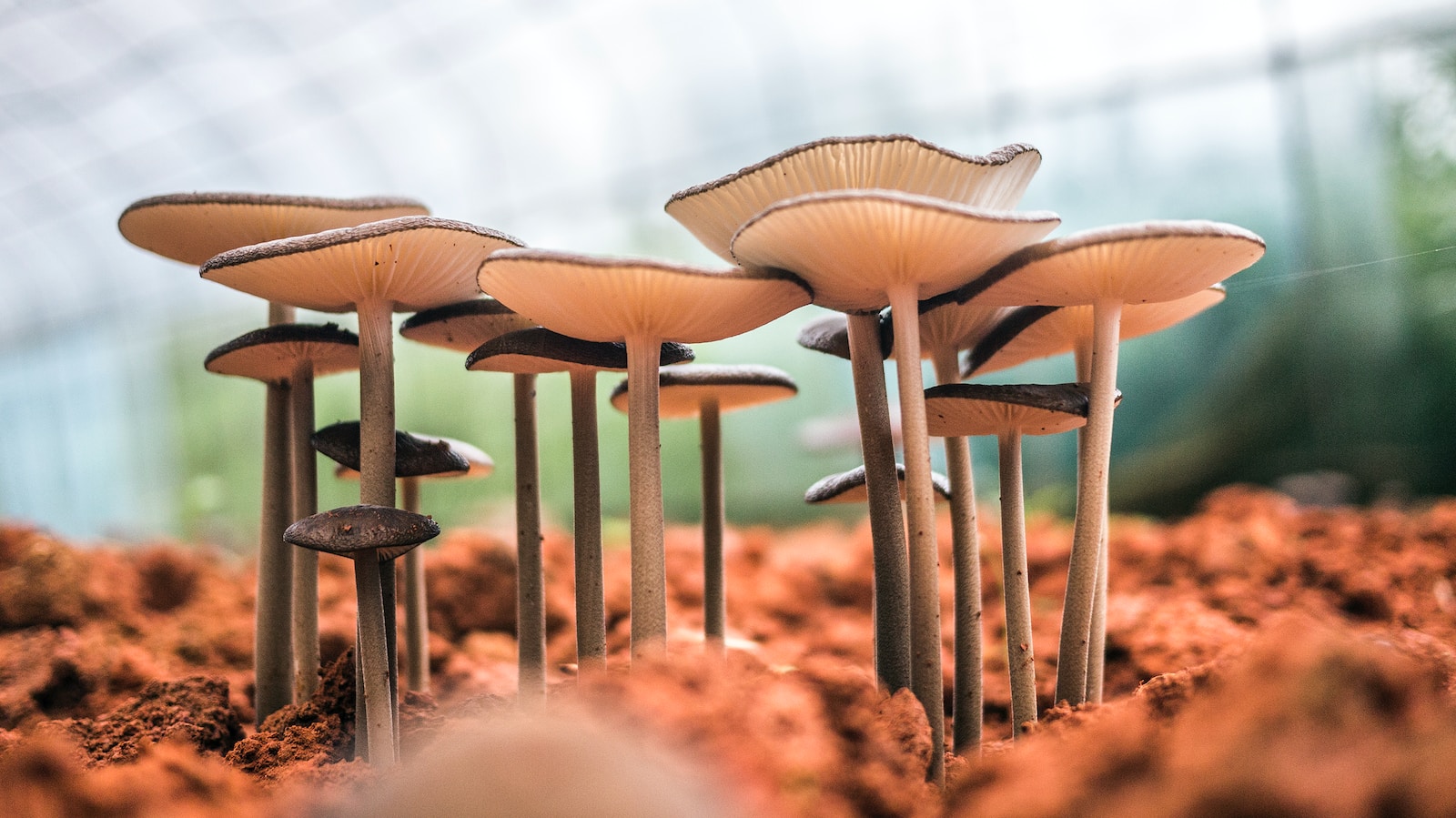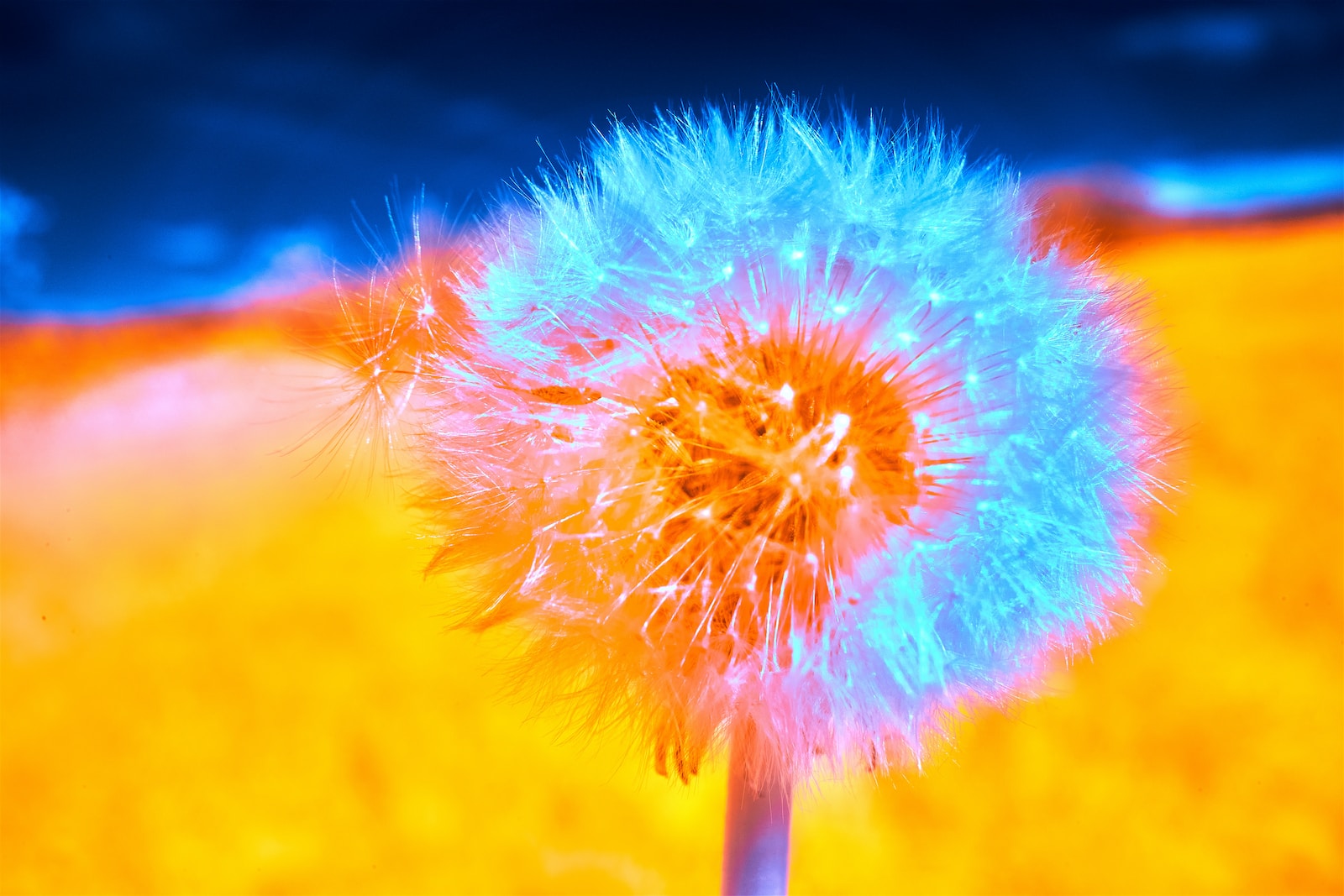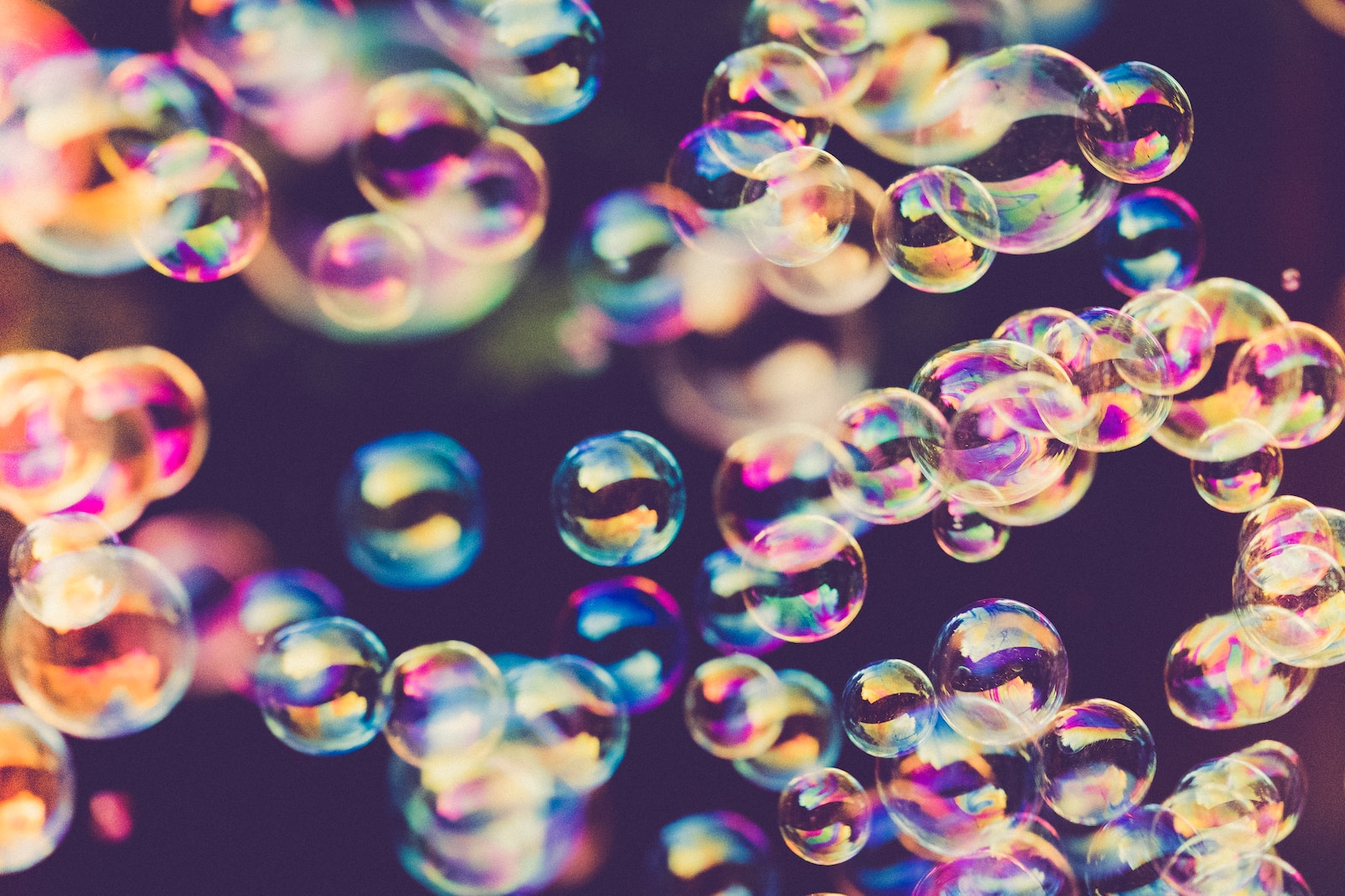Welcome to Ethereal Forest Tales, where we delve into the mystifying realm of fungi and mushrooms through the lens of photography. Discover the secrets of capturing the enchanting beauty of these delicate and mysterious organisms, as we explore the breathtaking landscapes of nature. Embark on a visual journey that combines the art of photography with the techniques and techniques that will allow you to master the ethereal world of mushrooms and fungi. Prepare to be captivated by the wonders of nature through the lens of your camera.
Table of Contents
- Capturing the Enchanting World of Mushrooms and Fungi: Unveiling Nature’s Hidden Gems
- Choosing the Right Camera for Mushroom and Fungi Photography
- The Enchanting World of Mushroom and Fungi Photography
- Frequently Asked Questions
- 1. What camera techniques should I use for mushroom and fungi photography?
- 2. What is the best time of day to capture mushrooms and fungi in their element?
- 3. How can I ensure the mushrooms and fungi stand out in my photographs?
- 4. Are there any specific camera settings I should use for capturing the intricate details of mushrooms and fungi?
- 5. What are some additional tips for photographing mushrooms and fungi in the wild?
- Wrap Up
Capturing the Enchanting World of Mushrooms and Fungi: Unveiling Nature’s Hidden Gems
Exploring the ethereal world of mushrooms and fungi through photography is like embarking on a wondrous journey into nature’s hidden treasure trove. These incredible organisms, with their intricate shapes, vibrant colors, and mysterious allure, offer a unique opportunity for photographers to capture truly enchanting images. In this article, we will delve into the captivating features of mushrooms and fungi that make them perfect subjects for photography. Moreover, we will share some expert techniques to help you master the art of mushroom and fungi photography.
Vibrant Colors and Textures: A Kaleidoscope of Nature’s Palette
One of the most remarkable aspects of mushrooms and fungi is their palette of vibrant colors and captivating textures. From brilliant reds and oranges to striking blues and purples, these organisms showcase nature’s creativity at its best. By employing the right photography techniques, you can enhance and emphasize these colors, creating visually stunning images that mesmerize the viewer.
To capture the vibrant colors, it is essential to observe and study the fungi closely. Look for specimens with rich tones that stand out against their surroundings. Utilize a macro lens to achieve detailed close-ups and reveal the intricate textures. Experiment with different angles and lighting conditions to find the perfect composition that highlights these remarkable features. Remember, mushrooms and fungi often thrive in damp environments, so look for raindrops or dew on their surfaces to add an extra element of interest to your photographs.
The Dance of Light and Shadow: Creating Dramatic and Mystical Compositions
Light plays a crucial role in photography, and when it comes to mushrooms and fungi, the interplay of light and shadow can elevate your images to a whole new level. By taking advantage of natural light sources, such as the morning or evening sun filtering through the forest canopy, you can create an enchanting atmosphere that brings out the mystical essence of these organisms.
Experiment with backlighting, where the light shines through the thin caps or delicate gills, casting fascinating shadows and creating an ethereal glow. Alternatively, use sidelight or soft diffused light to accentuate the textures and details of the mushrooms and fungi. These lighting techniques will add depth and dimension to your photographs, evoking a sense of magic and wonder.
To make your images truly captivating, consider incorporating interesting foreground or background elements to provide context and visual interest. Fallen leaves, moss-covered logs, or towering trees can all add depth and narrative to your composition. Remember to keep your backgrounds clutter-free and use a wide aperture to create a shallow depth of field, ensuring the main subject remains the focal point.
By exploring the vibrant colors, intricate textures, and playing with light and shadow, you can unlock the true potential of mushroom and fungi photography. So grab your camera, venture into the enchanted forest, and let nature’s hidden gems inspire you to create breathtaking images that transport viewers into an otherworldly realm.
Did you know that there are over 14,000 types of mushrooms and fungi in North America alone? These organisms come in various shapes, sizes, and colors, creating a captivating world waiting to be discovered through the lens of your camera.
Choosing the Right Camera for Mushroom and Fungi Photography
When it comes to capturing the ethereal beauty of mushrooms and fungi, having the right camera can make all the difference. While any camera can be used to photograph these subjects, there are certain features and specifications that can enhance the quality of your images.
One option to consider is a DSLR camera. These cameras offer excellent image quality, manual control options, and interchangeable lenses. With a DSLR, you have the flexibility to experiment with various lens options, allowing you to capture detailed close-ups and wide-angle shots of mushroom-filled landscapes.
Another option is a mirrorless camera. These cameras are smaller and lighter than DSLRs, making them more portable and suitable for outdoor photography. Mirrorless cameras also offer great image quality and the ability to change lenses, providing versatility in your mushroom and fungi photography adventures.
The Power of the Right Lens
Alongside choosing the right camera, selecting the appropriate lens is crucial for capturing stunning mushroom and fungi photographs. Several lens options can help you achieve different effects and capture the intricate details of these organisms.
A macro lens should be at the top of your list. This type of lens allows you to capture extreme close-ups of mushrooms, showcasing their unique textures, patterns, and colors. With a macro lens, you can reveal the mesmerizing world that exists within these small organisms.
For landscape shots that incorporate mushrooms and fungi into a wider scene, a wide-angle lens can be a fantastic choice. This lens allows you to capture the entire habitat, the surrounding forest, and the magical ambiance. It brings depth and perspective to your photographs, giving viewers a sense of the mushroom’s environment.
If affordability is a concern or you prefer a versatile option, a mid-range zoom lens can be a great choice. These lenses offer a range of focal lengths, allowing you to capture both wide-angle shots and closer details without the need for multiple lenses. This option is perfect for those on a budget or who prefer to travel light.
Remember, the choice of camera and lens ultimately depends on your budget, preferences, and the specific type of photography you wish to pursue. Experimenting with different combinations can lead to unique and captivating results in your mushroom and fungi photography journey.

The Enchanting World of Mushroom and Fungi Photography
Step into the ethereal realm of the forest, where mushrooms and fungi thrive in a symphony of vibrant colors and intricate forms. As a photographer, capturing the beauty of these otherworldly organisms requires a keen eye, technical know-how, and a touch of creativity. In this article, we’ll explore the best time of year to take photos, as well as vantage points and positions to enhance your mushroom and fungi photography.
The Best Time of Year
While mushrooms and fungi can be found throughout the year, certain seasons offer more favorable conditions for stunning captures. The most fruitful time for mushroom enthusiasts is typically autumn, though it can vary depending on your location and climate.
During autumn, with its cool temperatures and increased moisture, fungi begin their flourishing dance across the forest floor. It’s a time when an array of shapes, sizes, and colors emerge, creating a magical carpet that entices photographers to explore.
However, don’t be discouraged if autumn seems far away. Mushrooms and fungi have their own distinct charm in other seasons as well. Spring brings vibrant growth, with delicate mushrooms sprouting among fresh foliage. Summer unveils an enchanting array of colors, as fungi bask in the warmth and moisture. Even in winter, when the forest slumbers beneath a blanket of snow, some fungi persevere, offering unique photo opportunities against the contrasting white backdrop.
Choosing Vantage Points and Positions
When photographing mushrooms and fungi, the choice of vantage point and position can greatly impact the overall feel and composition of your photos. Here are a few options to consider:
- Get Down Low: Embrace the fungi’s level by crouching or even lying flat on the forest floor. This perspective creates a sense of intimacy, allowing viewers to feel as if they’ve shrunk and entered the enchanting world of mushrooms.
- Shoot from Above: Climb a fallen log or find an elevated spot to capture a bird’s-eye view of the mushroom kingdom below. This angle can reveal the intricate patterns and formations of fungi colonies, offering a mesmerizing visual spectacle.
- Explore Different Angles: Don’t limit yourself to shooting straight-on. Experiment with various angles and viewpoints to highlight the unique characteristics of each mushroom or fungi. Try capturing the delicate gills underneath, the texture of the cap, or the intricate details of the stem.
- Become One with Nature: Incorporate elements of the surrounding environment into your shots. Capture the interplay between fungi and fallen leaves, moss-covered trees, or trickling streams. By doing so, you’ll capture not only the beauty of the mushrooms but also the harmonious balance of the forest ecosystem.
Remember, the best vantage point and position will depend on the specific mushroom or fungi you’re photographing, as well as the story you want to convey. Experimentation is key; let your creativity guide you.
So, grab your camera, venture into the forest, and embark on a magical journey through the world of mushroom and fungi photography. With patience and dedication, you’ll master the art of capturing these enchanting organisms and share their secrets with the world.
When photographing mushrooms and fungi, it's important to get down to their level. Crouch or kneel to capture their intricate details and unique perspectives. This technique creates a more immersive and captivating image, allowing viewers to feel like they are exploring the ethereal forest themselves.
Frequently Asked Questions
1. What camera techniques should I use for mushroom and fungi photography?
When it comes to photographing mushrooms and fungi, it is important to have a good understanding of your camera settings. Start by using a small aperture (high f-stop) to achieve a larger depth of field and keep the entire subject in focus. Using a tripod can also help to eliminate camera shake and ensure sharp images. Experiment with different angles, perspectives, and lighting conditions to add variety to your shots.
2. What is the best time of day to capture mushrooms and fungi in their element?
The ideal time to photograph mushrooms and fungi is during the golden hours, which occur during sunrise and sunset. The soft, warm light during these times adds a magical and ethereal quality to your images. However, don’t limit yourself to these hours alone. Mushrooms and fungi can be captivating subjects at any time of the day, so embrace the opportunities and utilize different lighting conditions to create unique photos.
3. How can I ensure the mushrooms and fungi stand out in my photographs?
Avoid busy and distracting backgrounds that may take attention away from the main subject. Look for mushrooms and fungi that stand out against contrasting colors or textures. Using a shallow depth of field can also help to create a blurred background, further highlighting the details and beauty of the mushrooms or fungi. Experiment with different compositions and angles to bring out the uniqueness of each specimen.
4. Are there any specific camera settings I should use for capturing the intricate details of mushrooms and fungi?
To capture the intricate details of mushrooms and fungi, it is recommended to use a macro lens or extension tubes. These tools allow you to focus extremely close to the subject, revealing the fine textures, patterns, and details that are often overlooked. Furthermore, utilizing a higher ISO and appropriate shutter speed can help freeze any movement caused by wind or natural elements, ensuring sharpness and clarity in your images.
5. What are some additional tips for photographing mushrooms and fungi in the wild?
When photographing mushrooms and fungi in their natural habitat, it is essential to follow ethical guidelines. Avoid disturbing or damaging the mushrooms and their environment. Carry a reflector or diffuser to control and manipulate natural light. Experiment with different angles and perspectives to capture the uniqueness and individuality of each specimen. Lastly, consider creating a storytelling element in your photos by including the surrounding nature or the context in which the mushrooms and fungi thrive.
Wrap Up
Mastering mushroom and fungi photography can open a door to an enchanting world of nature’s hidden beauty. With the right techniques and a keen eye, you have the power to capture breathtaking photos that transport viewers to an ethereal forest. Remember to immerse yourself in nature, experiment with different camera settings, and pay attention to details that make each fungi species unique. Don’t be afraid to venture off the beaten path and discover new fungi wonders. Whether you’re a beginner or an experienced photographer, the key is to keep learning and exploring. So grab your camera, head out to the woods, and let the magic unfold.
Do you have any tips or experiences you would like to share about mushroom and fungi photography? We would love to hear from you! Leave a comment below and let’s start a conversation.



